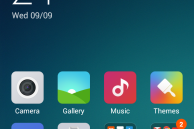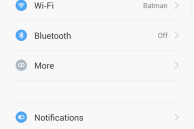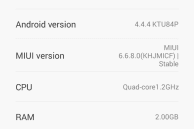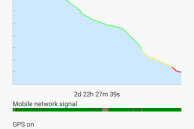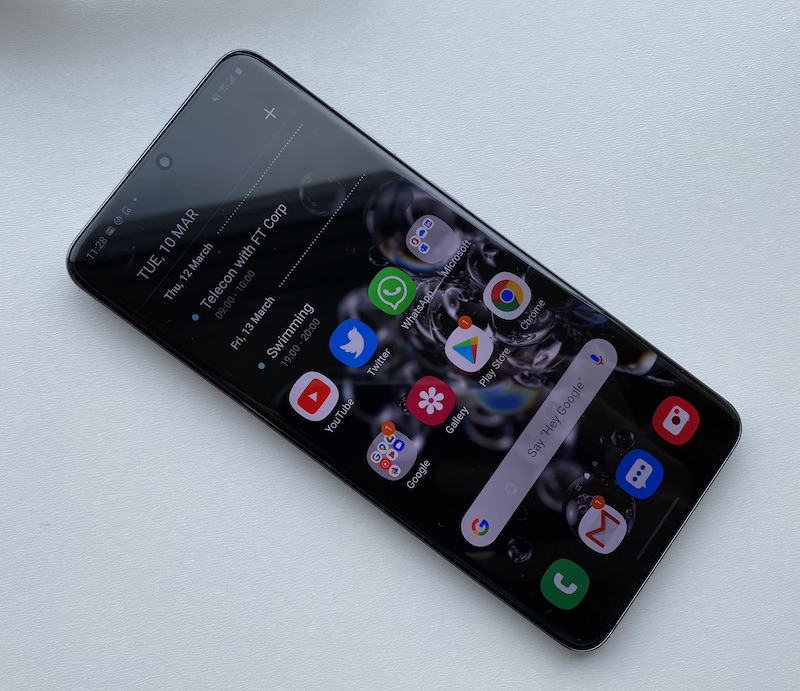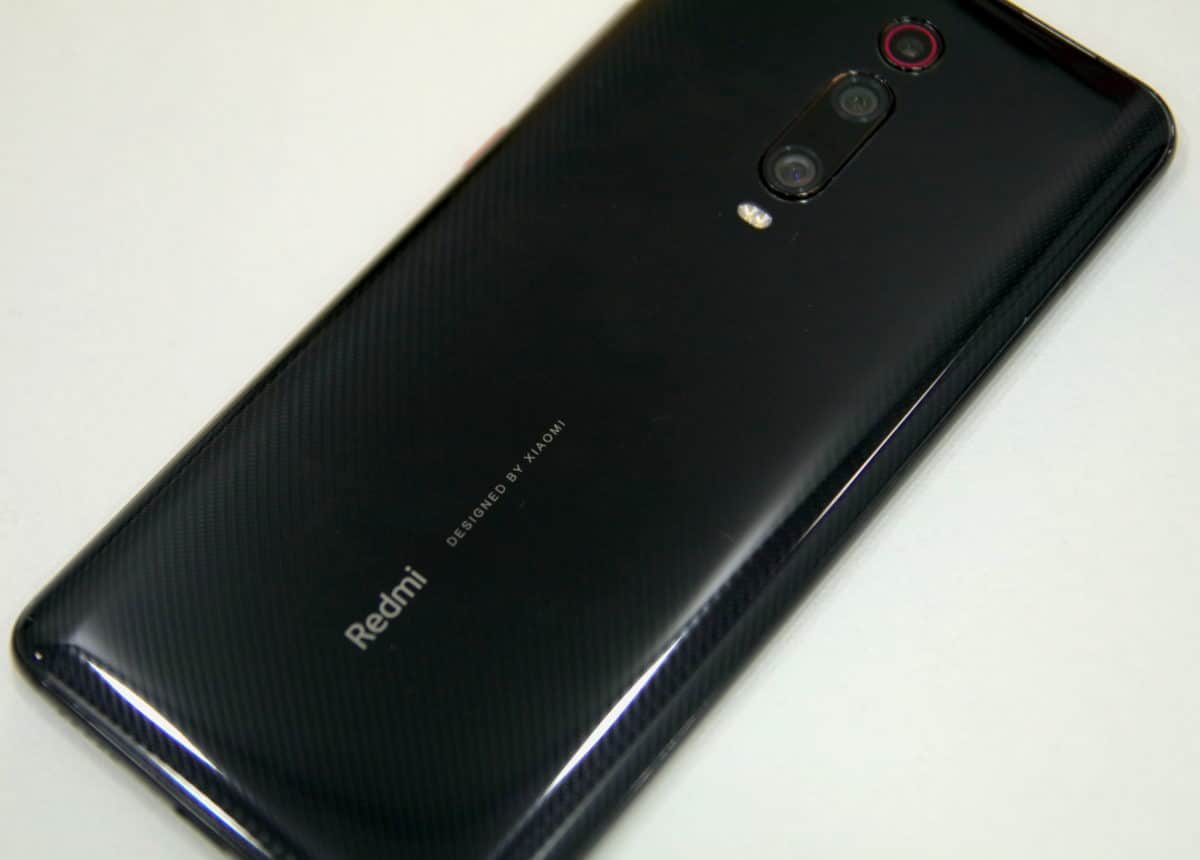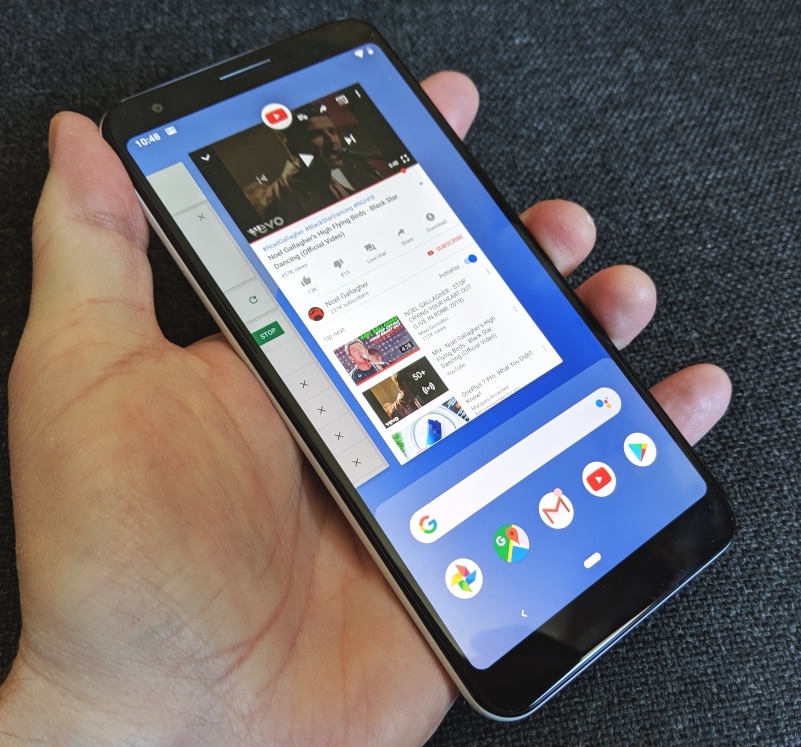
Thanks to a barrage of great phones over the last one year, Xiaomi has solidified its position in the Indian smartphone market as a respectable player. The company has some solid devices in the low- to mid-range segment that offer unmatched value for money.
Recently, the company unveiled its latest smartphone in India: the Redmi 2 Prime. As its name suggests, the Redmi 2 Prime is a ‘prime’ version of the existing Redmi 2 handset, which is among the most popular budget phones available in India. There are two things that makes the Redmi 2 Prime special: it is the first handset from Xiaomi to be manufactured under the ‘Make in India’ campaign and it comes with a double the storage and RAM compared to the original Redmi 2. The latter is a big deal since an increase in RAM can greatly increase the performance of a device. So, how good is the Redmi 2 Prime? Is it better than the second generation Moto E? Read our review to find out.
Build Quality

Pick up the Redmi 2 Prime and you will instantly notice how light the phone is and how slippery its removable plastic back is. The 8MP F/2.2 camera protrudes ever so slightly, but its not big enough to cause the phone to wobble when it is lying flat on a table. Prying open the back cover will give you access to the removable 2200mAh battery, which comes in Xiaomi’s trademarked deep orange color. Take out the battery and you will gain access to the two microSIM card slots and the microSD card slot of the handset.
The power and the volume button are located on the right edge of the Redmi 2 Prime and are actually a part of the back cover itself. Ideally, I would have preferred Xiaomi to place the volume and power buttons on the opposite edges of the phone. Since the phone comes with a 4.7-inch display, and I have a large palm, I kept hitting the volume button every time I took the phone out from my pocket. This problem, thankfully, can be bypassed by enabling Volume Wake in MIUI. The buttons offer decent tactile feedback, though the power button does feel a bit squishy.

From the front, the Redmi 2 Prime looks well…boring. Considering its price point though, this should not really be a surprise. The all-black front does a good job of blending the 4.7-inch display with the bottom and top bezels. The bottom bezel also houses the three capacitive navigation keys: menu, home, and back. They are red in color and are not backlit, so if you are anything like me, you are going to struggle to press the damn buttons when you are in a dark room.
Display

The Redmi 2 Prime comes with a 4.7-inch 720p IPS display — a pretty standard fare in budget smartphones available in this range. Head on, the display is good enough for day-to-day usage with more than ample brightness levels, contrast ratio, and touch response. Make no mistake though; the display is not going to win any awards for color accuracy or contrast levels, but it is more than good enough to get the job done.
Even when you look at the phone from sideways or just about any other angle, the display remains visible, though with a yellowish tint to it. The display does not sit as close to the glass as it does on the Mi 4i, but considering that the latter is priced at 2x its retail price, this trade off is not something that anyone using the Prime will complain about.
Software & Performance
Like every other device from Xiaomi, the Redmi 2 Prime runs on MIUI 6, which is based on Android 4.4 KitKat. The amount of customisation options offered in MIUI are mind boggling, and can be overwhelming for a first time smartphone user. For users who love customisation though, MIUI will come as a breath of fresh air. The skin allows you to tweak almost every aspect of the UI according to your liking, and its powerful theme engine makes sure that you can spice up things, in case you get bored with the stock look.
My major gripe with the Redmi 2 Prime’s software, is that it still runs on KitKat — a version of Android that was released nearly two years ago. It does not matter if MIUI offers an experience that is completely unrelated to what Android version it runs on, as apps that take advantage of the new APIs of Lollipop are not going to run on it.
The Redmi 2 Prime is powered by a Snapdragon 410 chipset, which is a pretty standard fare for devices in the same price range. However, the device comes with 2GB RAM — still rare in sub-$150 Android devices — that gives it an edge over its competition. Thanks to the extra RAM, the Prime is a better multitasker than its non-Prime version. as it is able to keep apps for much longer in its memory.
The extra gig of RAM also helps the handset while playing games, as heavy games like Riptide GP2 lag less when compared to the Moto E or even the Redmi 2. That’s not to say that the Prime is able to handle heavy games without any kind of stuttering though; there is still plenty of jerks and frame drops while playing games like Asphalt 8, which does ruin the overall experience of playing them. Casual games like Flow, Threes! and Dots run just fine on the handset, though.
Camera
The Redmi 2 Prime comes with an 8MP shooter with an F/2.2 aperture. If that was not impressive enough, the handset is also capable of recording Full HD videos, which was almost an unheard of feature in devices available in this price range just six months ago.
The photos shot from the Redmi 2 Prime have a typical Xiaomi-feel to them. Colors and saturation are both increased to add a pop effect to the photos. The low-light performance of the camera is disappointing, as the sensor fails to suck in a decent amount of light or capture any meaningful details.
The camera performance is just one part of the whole camera experience. The camera app also plays a very major role, and thankfully, the Redmi 2 Prime does not disappoint here. The handset has a camera app that is very similar to what is found in other devices from Xiaomi, though it lacks certain advance features and options which is understandable since it does not have enough grunt to run them.
Battery Life & Conclusion
The Redmi 2 Prime comes with a 2200mAh removable battery, which is easily able to power the device through a day of heavy usage. I constantly managed to get more than 5 hours of screen-on time on the Prime over a period of 1.5 days on 3G/4G network. On light usage, I was able to make the phone last through one whole weekend plus the Monday that followed. Keep in mind that this was with 2 Gmail accounts syncing in the background and a messaging clients like WhatsApp, Hangouts and Telegram running in the background.
To conclude this review, all I have to say is that the Redmi 2 Prime is easily the best smartphone available in this price range. While the handset running KitKat is definitely a bummer, it more than makes up for it in other departments. Only if you are a first time smartphone user, I will recommend you to buy the Moto E for the stock Lollipop experience it offers. Otherwise, the Redmi 2 Prime is a no-brainer for anyone looking for a smartphone under Rs. 7,000 ($120).
